- Home
- Material Handling
- Ladders Platforms Personnel Lifts
- Ladders
- Replacement Components Accessories For Ladders
.....Read More
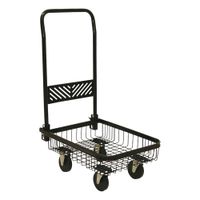
Carts & Storage for Ladders
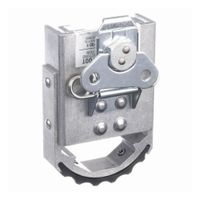
Feet, Casters & Leg Levelers for Ladders

Jacks for Ladders
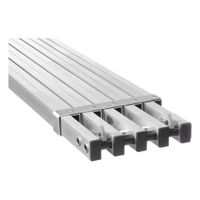
Planks for Ladders

Platforms for Ladders

Rope & Pulley Kits for Ladders
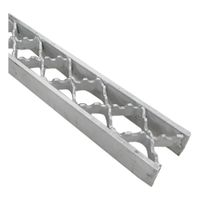
Rungs, Steps & Rung Locks for Ladders
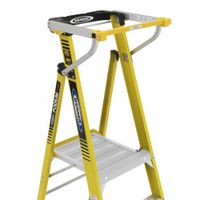
Safety Gates & Cages for Ladders
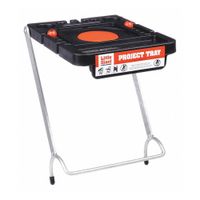
Shelves, Trays & Containers for Ladders
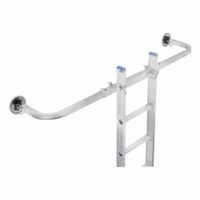
Stabilizers for Ladders

Trestle Brackets for Ladders
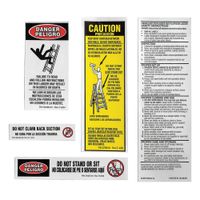
Warning & Rating Labels for Ladders
Frequently Asked Questions
What are the most common replacement parts for ladders?
How do I choose the right accessories to improve ladder safety?
What are the benefits of using safety gates and cages on ladders?
How can I stabilize a ladder on uneven ground?
What is the purpose of warning and rating labels on ladders?
How do I properly maintain and store my ladder to ensure longevity?
What are the best practices for using platforms and planks on ladders?